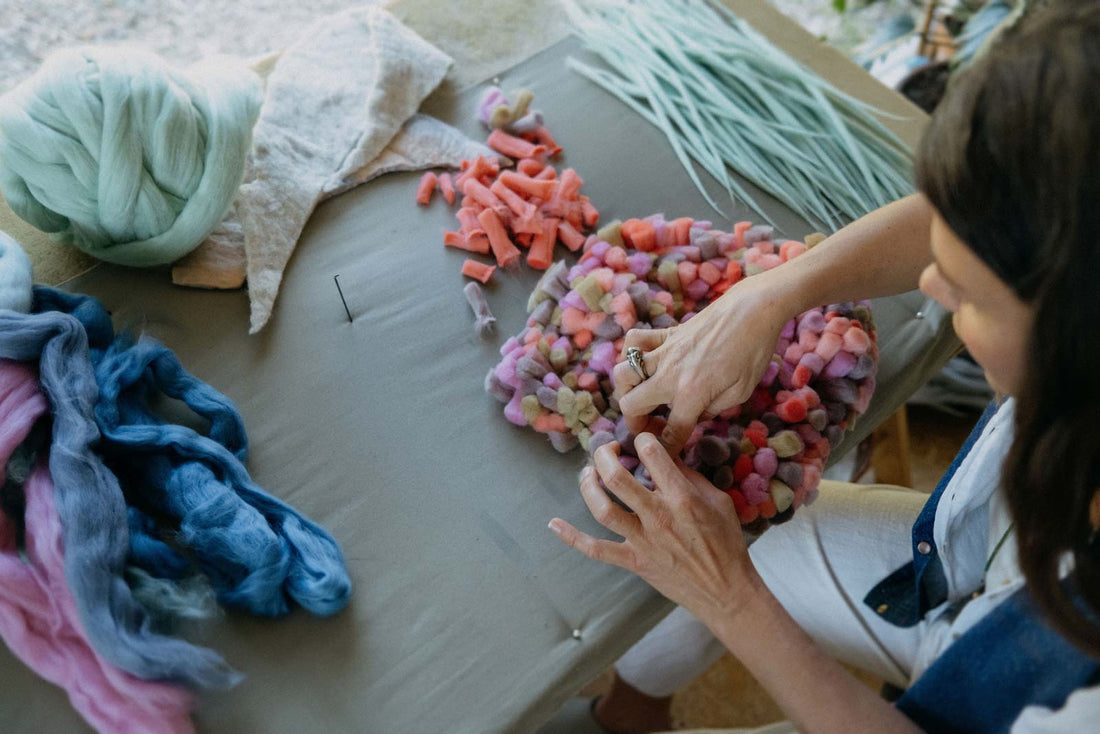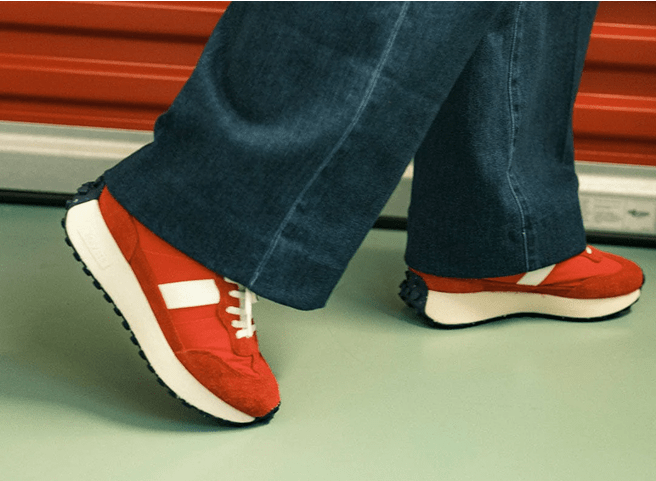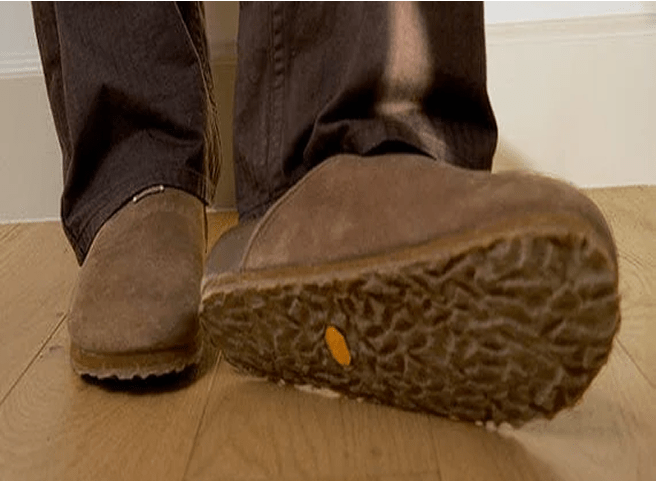Daydreamer Series: Figuring Out How To Scale a Dream
Felter Taiana Giefer explores the question of how to grow when her art relies on a personal touch.

The walls feel alive inside of Taiana Giefer’s small Santa Barbara studio. Instead of framed family photos there hang colorful tapestries resembling everything from mossy forest floors to the shaggy hide of some mythological creature—in fact, it’s nearly impossible to resist reaching out and stroking the coils of merino wool creation hanging above her bed. “Everyone is drawn to my work because it feels both ancient and alive,” Taiana laughs, sweeping a dark coil of hair from her face. “You can pet that one!”
Draped across her workbench, outside on a splintering wooden table, and gently folded in plastic Tupperware bins are evidence of Taiana’s livelihood: hand and needle-felted wool tapestries of all shapes and sizes. Over the course of weeks, sometimes months, she layers and coaxes animal fibers together using a process she perfected through a decade of working in the fashion industry, creating custom felted fabrics for designers like Helmut Lang, Rick Owens and Calvin Klein. With early and continued success, Taiana is an exception to the starving artist trope, but scaling a dream so personal and labor-intensive will take even more of her creativity.
As told to SeaVees. Photography by Johnie Gall.


“I’ve always been an artist at heart and grew up doing everything from sculpture to screen printing. While visiting one of my aunts in Germany as a teen, I took a workshop in felting and made these tiny scarves and little flower-necklace things—you know, weird shit you make when you’re young. I kept them in my closet until years later when I was introduced to the head designer of Calvin Klein in New York. I ended up showing him these random felted objects I had made and he was like, ‘I’ve never seen anything like this, make something for me.’ This probably sounds like a made-up story, but it’s real.
“The whole collection was so big and wild and it was my moment of showing up and saying, ‘Surprise! I’m still an artist!’”
Felting is actually the most ancient form of fabric making—basically the first fabric made after animal hides. Sumarian sheepherders would cut sheep’s wool and cover their blisters with it and as they walked, the wool would harden inside of their shoes and they realized they could use a similar technique to purposefully make fabric. I invented a technique that was based on traditional felting, but felt dreamier and drapey and more contemporary than anything else that was out there.

I was a 20-year-old college dropout and my first job was working for Calvin Klein using my knowledge of felting to make fabric for a runway show. So yeah, I had severe imposter syndrome, but I ended up using that momentum and leveraged the experience to start my own line of blankets and scarves, all hand-felted from merino wool. Because my family knew a few of the right people in the fashion world, I made it into some high-end stores and eventually a showroom repping artisanal accessories.
My pieces became fads in places like Spain and Japan, but being part of the fashion industry in that way wasn’t sitting right with my soul. Even though my technique was considered art, the actual artistry and story of each object were lost because the buyers would never know how laborious and personal the process was. Felting involves layering raw wool, adding hot water and soap and agitating it for hours until the fibers fuse together. Try to imagine what it would feel like to wash a heavy duvet in a creek for hours and you’ll start to understand the toll it was all taking on my body.


In my spare time I started making this big wall tapestry to feel like an artist again. The moment it was finished, I was like, ‘This is it. This is why I’ve spent ten years breaking my back making thousands of scarves for trendy stores.’ I began working on a whole collection of wall tapestries over the next five years until I had 30 of these jumbo pieces ready. I didn’t tell anyone I was doing it, and then I held an art show at the Presidio, which is the most beautiful historical outdoor location in Santa Barbara, CA where no artist had ever held a show before. The whole collection was so big and wild and it was my moment of showing up and saying, ‘Surprise! I’m still an artist!’ I sold a bunch of pieces at the show and started getting commissions almost right away.

That was six years ago and I’ve been working as a tapestry artist ever since. Some of my pieces, like this one, are smaller and sell for a few hundred dollars because I want my art to be accessible and not everyone can afford to commission a $15,000 wall hanging. Others are huge and really labor intensive. Right now I’m building an installation for a baby’s room. The wallpaper in the room has clouds on it and my client wants a huge piece that feels like a river moving through the sky, with taxidermied birds and insects—it’s eccentric in a very Los Angeles way [laughs]. It’s one of the biggest pieces I’ve done and it’ll probably take me three months total—you’re going to see me up on this table pouring hot water over the wool and stretching it out and rolling it like sushi for weeks.
“I create my own schedule and people hire me to create things that I myself love. I’m for sure living my dream.”
My clients want this to be collaborative and they’re coming to me because they want the artist’s vision, but it can be really hard not to constantly think about what the client might want every step of the way. Sometimes I’ll spend weeks agonizing and fretting about walking that fine line, but for some reason in that place is when I’m my most creative. I make art, I work for myself, and I can create my own schedule and people hire me to create things that I myself love. I’m for sure living my dream.


My dream now is to make big, big installations for museums or hotel lobbies or in music halls. My work just has such an impact when you see it on a large scale, like the outside world has infiltrated the building and taken over. If I was commissioned for larger pieces, I could also hire people to help me, which I can’t do now because I don’t have the space for it.
“My dream for people is to keep being weird and eccentric and to make things you truly love. Even if it’s not for everyone, someone out there is going to love it.”
How to scale all of this is a big question for me at the moment. My art is so slow and time consuming and so much of it is me. I’ll sit here for like two months just rolling wool back and forth with little horse-riding gloves on while watching movies [laughs]. I’d like to charge twice as much for my work and I think once I’m in a few more galleries or get another feature in Architectural Digest, I’ll have enough demand for that. But then if I got really famous, it would be hard to fulfill orders. What would I say, ‘Sorry, you’ll see this piece in ten years?’ It’s tricky to know how far to take this dream because it’s not the kind of thing that’s easy to scale up.


I tell people to remember that everyone was a stranger to what they do before they became familiar, then proficient, and then professional. I didn’t know squat about felting and now I’m a professional felter with six months of commissions ahead of me. My advice to anyone is that you have to accept challenges. Anything that feels hard to do, you better take it on and figure out your way of doing it because that’s the only way you’re going to learn.

My dream for others is for them to just try things. Anything you can imagine doing, there’s a video on Youtube teaching you how to start. Accidents are going to happen and that’s the moment you invent a new way of doing something—I mean, that’s what happened to me and now I’m sought out for it. The worst future is one where we all end up the same and turn into an analogous heap. My dream for people is to keep being weird and eccentric and to make things you truly love because I guarantee even if it’s not for everyone, someone out there is going to love it.”
Taiana wears the Bodega Clog in Dune.


